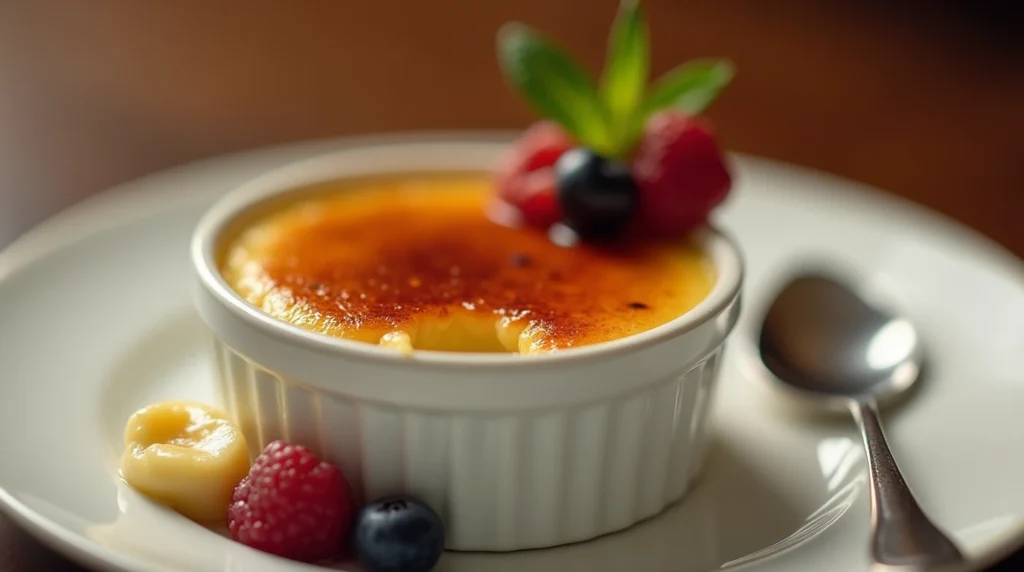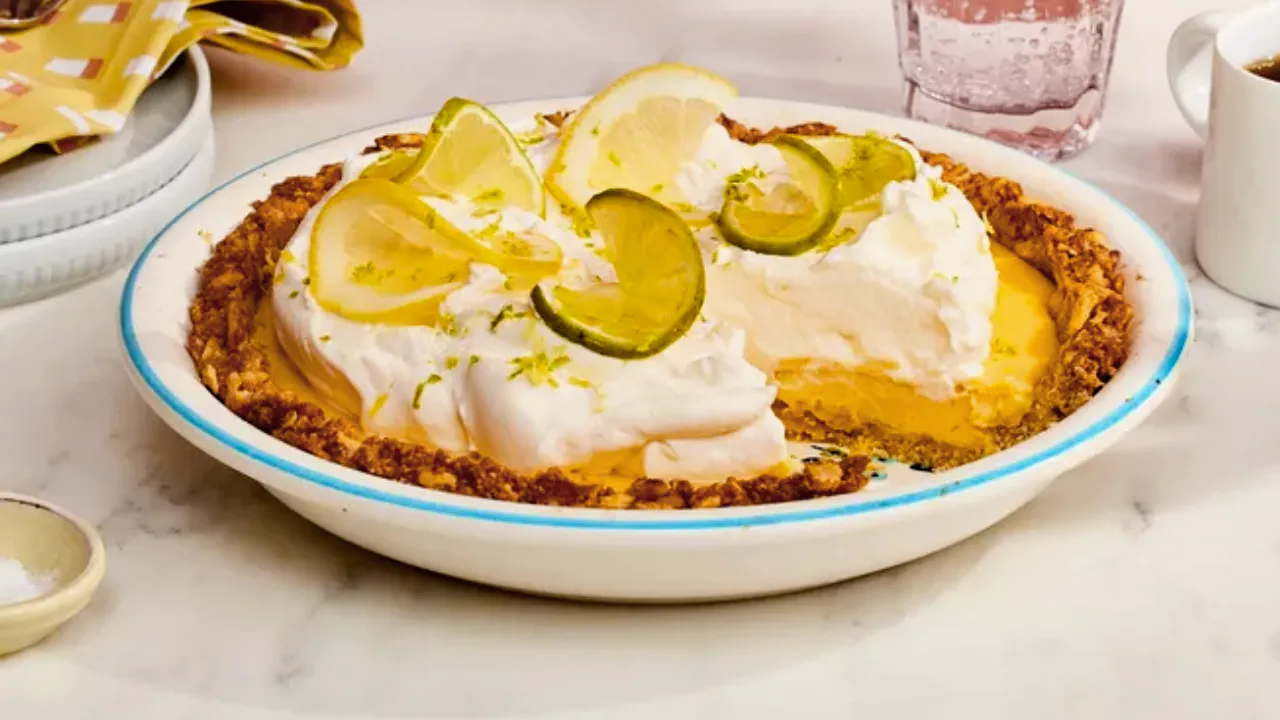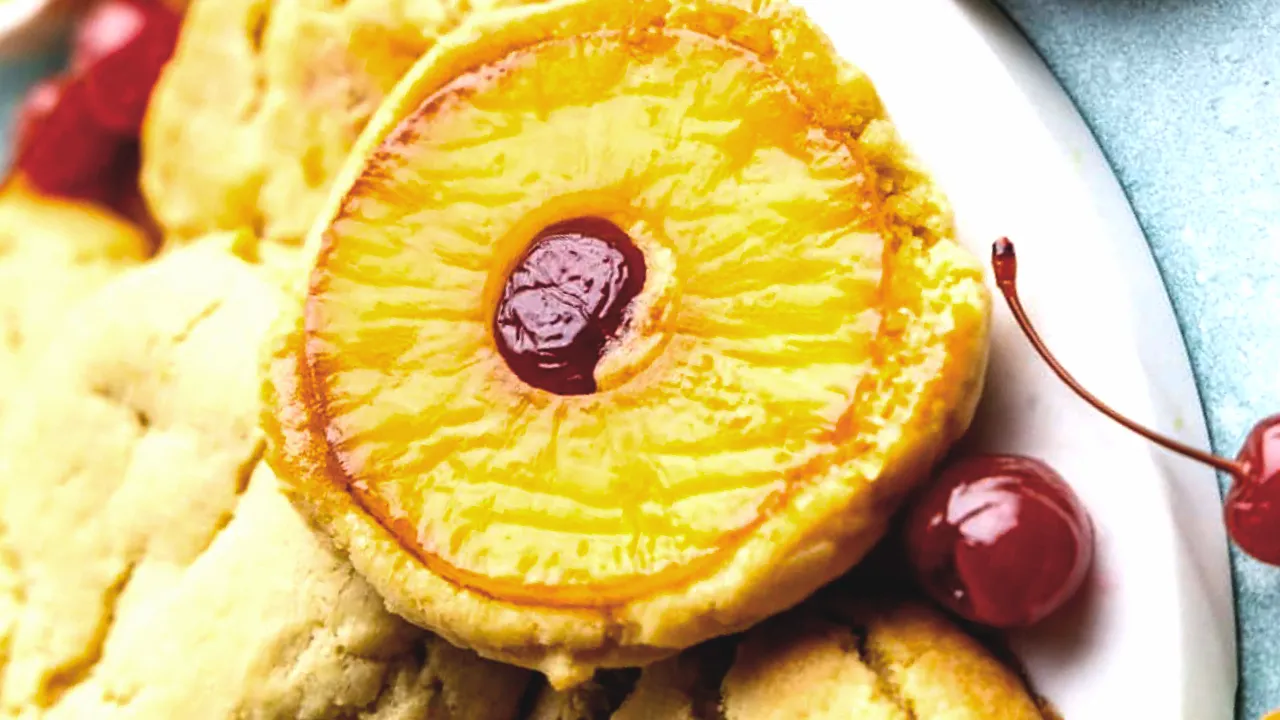The allure of crème brûlée lies in its simplicity: a creamy custard base topped with a crisp, caramelized sugar crust. Despite its elegance, this classic dessert is made from just a few essential ingredients and follows a straightforward preparation method. Let’s explore what makes crème brûlée so special, its history, variations, and how you can master it at home.
The Origins of This Classic French Dessert
Translated as “burnt cream,” crème brûlée is a culinary staple in French cuisine. Its origins, however, have been a topic of debate among food historians. Some trace it back to France in the late 1600s, while others note similarities to Spain’s crema catalana and England’s Trinity cream. Regardless of its precise beginnings, this dessert has become a symbol of sophistication and indulgence.
For more on the history of crème brûlée and its cultural impact, check out this detailed article.
Essential Ingredients for Crème Brûlée
At its heart, this dessert is composed of only a few pantry staples. These elements work in harmony to create a dessert that’s creamy, smooth, and topped with a satisfying crunch.
Key Components:
- Heavy Cream: Provides the velvety texture that defines the custard.
- Egg Yolks: Thicken the mixture and add richness.
- Sugar: Used both to sweeten the custard and to create the iconic caramelized crust.
- Vanilla: Often in the form of vanilla beans, which deliver a fragrant aroma and depth of flavor.
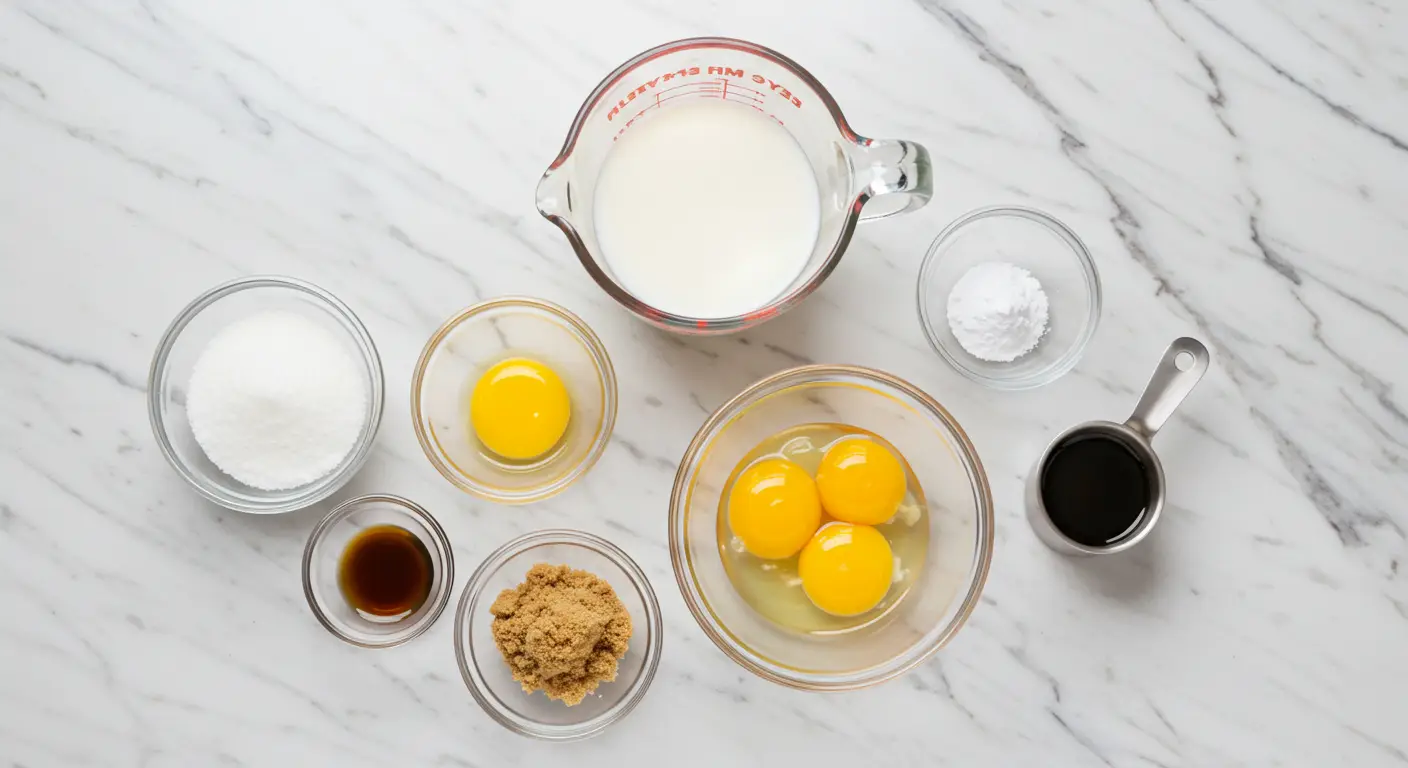
Step-by-Step Guide to Preparing Crème Brûlée
While the result may look intricate, the preparation process is remarkably simple with the right technique.
1. Preparing the Custard Base
Start by gently heating heavy cream with a split vanilla bean. This step allows the vanilla to infuse its flavor into the cream. Meanwhile, whisk egg yolks with sugar until pale and thick.
2. Combining and Tempering
To avoid curdling, gradually pour the warm cream into the egg yolk mixture, whisking continuously. This step, called tempering, ensures a smooth custard.
3. Baking to Perfection
Pour the mixture into ramekins and place them in a water bath. Bake at a low temperature until the custard is set but still slightly jiggly in the center.
4. Caramelizing the Sugar
Once cooled and chilled, sprinkle sugar on top of the custard. Use a culinary torch or broiler to melt the sugar until golden and crisp.
For more tips on achieving the perfect texture and flavor, explore this expert guide.
Avoiding Common Pitfalls
Even simple recipes come with challenges. Here’s how to sidestep common mistakes:
- Overbaking the Custard: Leads to a grainy texture. Use a thermometer to monitor the water bath temperature.
- Uneven Caramelization: For a uniform crust, ensure the sugar layer is evenly spread before caramelizing.
- Skipping the Tempering Process: Adding hot cream too quickly can scramble the egg yolks, so take your time.
Exploring Flavor Variations
The beauty of this dessert is its versatility. While the classic vanilla custard is timeless, there are endless ways to customize it.
- Chocolate: Add melted dark chocolate for a richer flavor.
- Coffee: Infuse the cream with espresso powder for a bold twist.
- Citrus: Incorporate orange or lemon zest for a bright, tangy variation.
- Spices: Cinnamon, cardamom, or nutmeg can add warmth and depth to the flavor.
How to Serve and Pair Crème Brûlée
Presentation is key to elevating this dessert. Here are some ideas:
- Garnishes: Top with fresh fruit like raspberries or strawberries for a burst of color.
- Pairings: Serve with a glass of dessert wine or alongside a strong espresso for a sophisticated touch.
- Ramekin Choices: Use decorative or themed ramekins to complement the occasion.
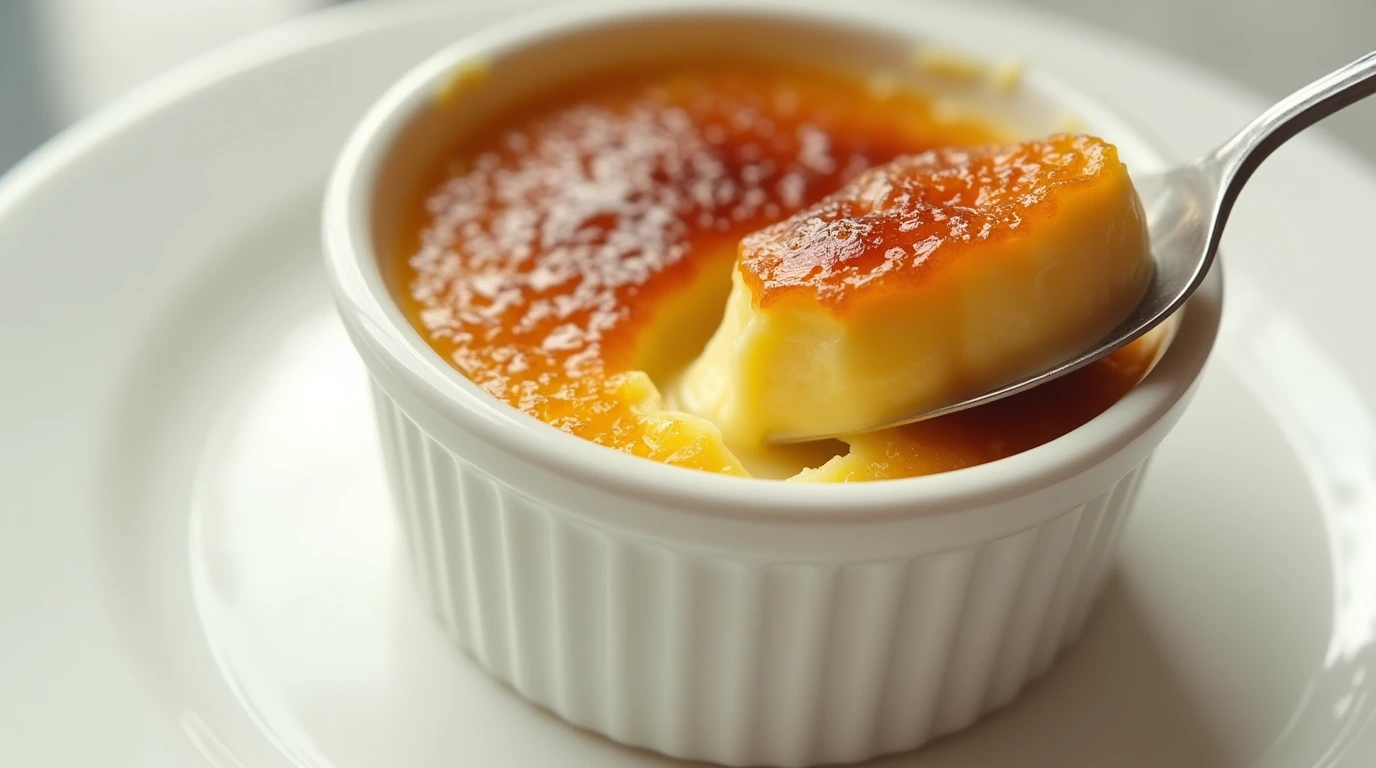
Frequently Asked Questions
What makes this dessert unique?
The combination of a creamy custard and a caramelized sugar topping gives crème brûlée its signature texture and flavor.
Can it be made without a torch?
Yes! You can use an oven broiler to achieve the caramelized topping.
How do I store it?
Prepare the custard a day in advance and store it in the refrigerator. Caramelize the sugar just before serving.
What are some dietary adjustments?
For a lighter version, substitute some heavy cream with milk, or try a dairy-free alternative like coconut cream.
Related Recipes You’ll Love
Expand your dessert repertoire with these complementary options:
- Vanilla Bean Panna Cotta: A creamy Italian dessert with a similar texture.
- Classic French Madeleines: Perfect for pairing with tea or coffee.
- Decadent Chocolate Soufflé: A rich and airy dessert for chocolate lovers.
Conclusion
Few desserts offer the same elegance and satisfaction as crème brûlée. Whether you stick to the traditional vanilla recipe or experiment with unique flavors, this classic French custard is a testament to the beauty of simplicity. Armed with this guide, you’re ready to create a dessert that’s both stunning and delicious.

